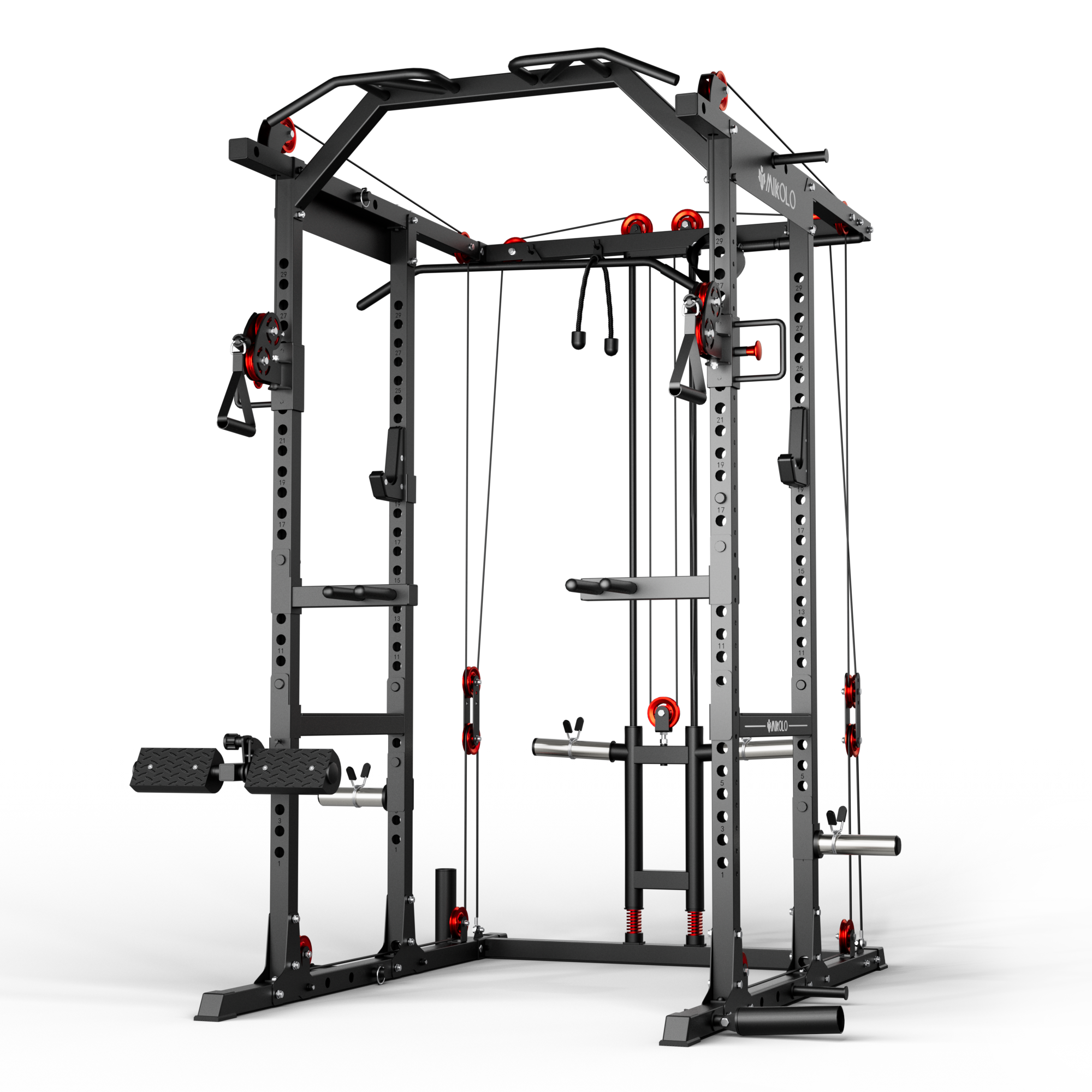The bench press is one of the most iconic lifts in strength training—and for good reason. It’s a staple in bodybuilding, powerlifting, and general fitness programs alike. But many lifters, especially beginners, still ask: What does the bench press work? Is it just about the chest, or is there more going on beneath the bar?
Let’s break it down.
Primary Muscles Worked in the Bench Press
The bench press primarily targets the pectoralis major, which is the large, fan-shaped muscle of the chest. This muscle is responsible for pushing movements—bringing the arms toward the centerline of the body.
But the bench press doesn’t stop there. It also works:
-
Triceps brachii – These are the muscles on the back of your arms that extend your elbows. As you push the bar away from your body, your triceps fire hard to lock out the lift.
-
Anterior deltoids – The front portion of your shoulders help control and stabilize the bar during the press.
-
Serratus anterior and rotator cuff stabilizers – These muscles help protect and stabilize your shoulders as the bar moves up and down.
So, when people ask, what do bench press work or what does bench work, the answer is more comprehensive than just “chest.” It’s a compound movement that involves the chest, shoulders, triceps, and several stabilizing muscles.
Secondary and Supporting Muscles
While the main focus is on pushing muscles, your back, core, and even glutes play a role in keeping your body stable during the lift.
-
Lats and scapular retractors (like the rhomboids) help stabilize your shoulder blades against the bench.
-
Core muscles help maintain a rigid torso and protect your lower back.
-
Leg drive, though subtle in a standard bench press, activates the glutes and quads to ground your lift and generate full-body tension.
This full-body involvement is what makes the bench press not just a chest exercise, but a benchmark for overall upper body strength.
Barbell vs Dumbbell Bench Press: Does It Change What’s Worked?
Yes—slightly.
Barbell bench pressing allows you to lift heavier, making it great for building raw strength and progressive overload. Dumbbells, on the other hand, require more stabilization, engaging more of the smaller muscles around the shoulders and core.
Both are effective, and including both in your routine offers a well-rounded approach.
My Experience with the Bench Press
I still remember the first time I truly dialed in my bench technique. Like most gym-goers, I started out thinking it was all about the chest. But it wasn’t until I focused on proper form—scapular retraction, leg drive, keeping the wrists aligned over the elbows—that I started seeing real strength gains.
The change didn’t just show up in my chest size; my shoulder stability improved, and I noticed my triceps getting stronger on dips and overhead presses. It taught me the value of understanding how an exercise works, not just what it’s “supposed” to target.
Final Thoughts
The bench press is much more than a chest exercise. It’s a compound movement that trains your pushing muscles while calling in stabilizers from across your upper and lower body. Whether you're training for size, strength, or overall athleticism, understanding what the bench press works can help you get more out of every rep—and avoid common form mistakes that limit your progress.
So next time you lie down on that bench, remember: you’re not just building a bigger chest—you’re training a coordinated chain of muscles working together to push your strength to the next level.













































Leave a comment
This site is protected by hCaptcha and the hCaptcha Privacy Policy and Terms of Service apply.